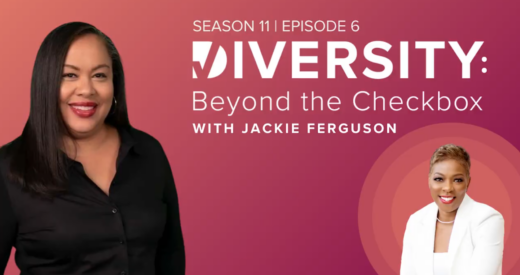Ash Wednesday, Good Friday, and Easter are observed by many Christians throughout the world, including Catholics and Protestants. Ash Wednesday, also known as Day of Ashes, marks the beginning of Lent, a forty-day period (excluding Sundays) of repentance from sin, reflection, and fasting.
This six-week period leads up to Easter, the celebration of the resurrection of Christ. During Lent, many Christians fast by limiting themselves to one meal or two smaller meals and abstaining from eating meat. This is seen as a commemoration of Jesus Christ’s fasting in the desert for 40 days.
Christians who participate in Lent reflect on their sins and seek forgiveness from God. During church congregations, the priest or pastor will place ashes in the shape of a cross on attendees’ foreheads. The ashes are from burned palm branches from the previous Palm Sunday. (For reference Palm Sunday is the Sunday before Easter and marks the beginning of the Holy Week.) The ashes on the forehead symbolize death and repentance and are sometimes later washed off to reflect the cleansing of sins.
Lent ends on the Saturday before Easter, the day after Good Friday. For Christians, Good Friday commemorates the crucifixion of Jesus Christ as a sacrifice for humanity’s sins and Easter commemorates the day that Jesus had risen.
Christians spend Good Friday in mourning for the way Jesus had suffered and died, often at a church service or prayer vigil. However, on Easter Sunday, the celebration turns more joyous as Christians celebrate Jesus’ resurrection from the dead. Both Good Friday and Easter always fall on a Friday and Sunday, respectively. But, there is no fixed date, and the dates vary each year because Easter’s date is determined by the first Sunday after the first full moon on or after the spring equinox (typically, between April 4 and May 8).
Easter holds many traditions and customs among those who celebrate the holiday. These include decorating Easter eggs, which represent the rebirth of Jesus, and Easter egg hunts which are usually practiced by children. People eat candies and chocolates shaped as eggs as well. Easter is also symbolized by the Easter Bunny, a legendary figure (similar to Santa Claus) who delivers candies and Easter eggs to children. These customs are also practiced and observed by non-Christians, and therefore, Easter can be a commercial event in addition to a religious holiday. It is also sometimes seen as a time to celebrate the arrival of spring.
Even though Good Friday is not a federal holiday in the United States, you can accommodate your employees’ religious practices by allowing them to take the day off to attend church services or prayer vigils should they request to. During the period of Lent, you may see people with ashes on their foreheads in the shape of a cross. Keep in mind that this falls under their religious practices and should not be ridiculed, nor should you ask them to wash them off. Like any other cultural or religious holiday, acknowledging Ash Wednesday, Good Friday, and Easter in the workplace is important for respecting religious identities.






